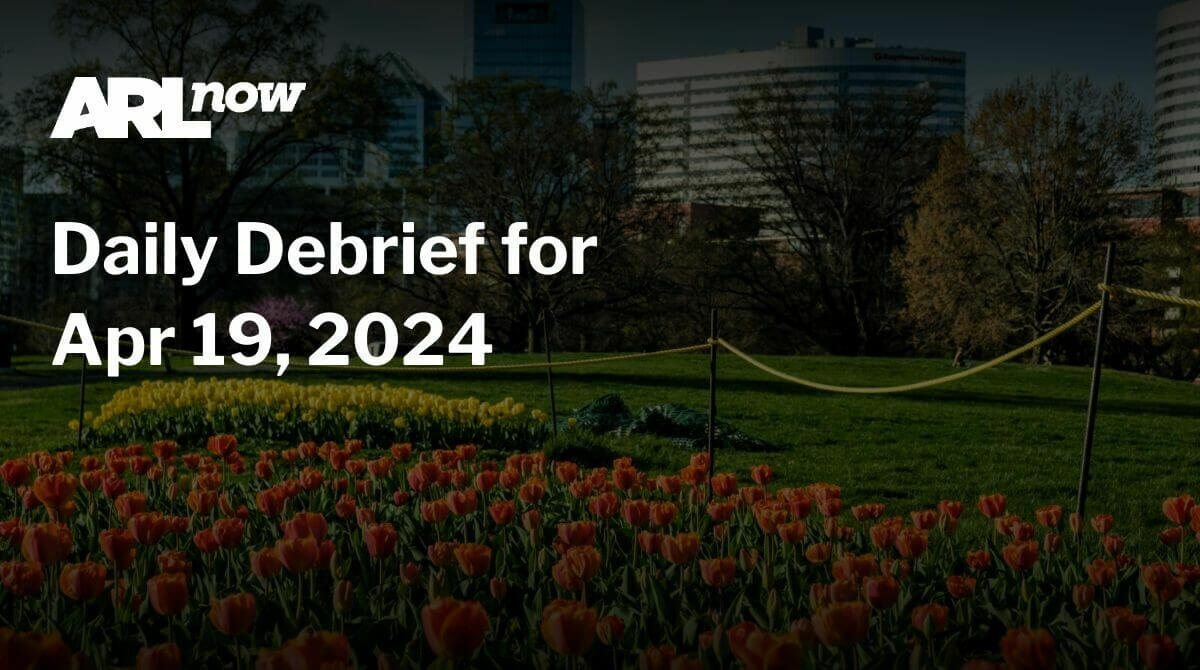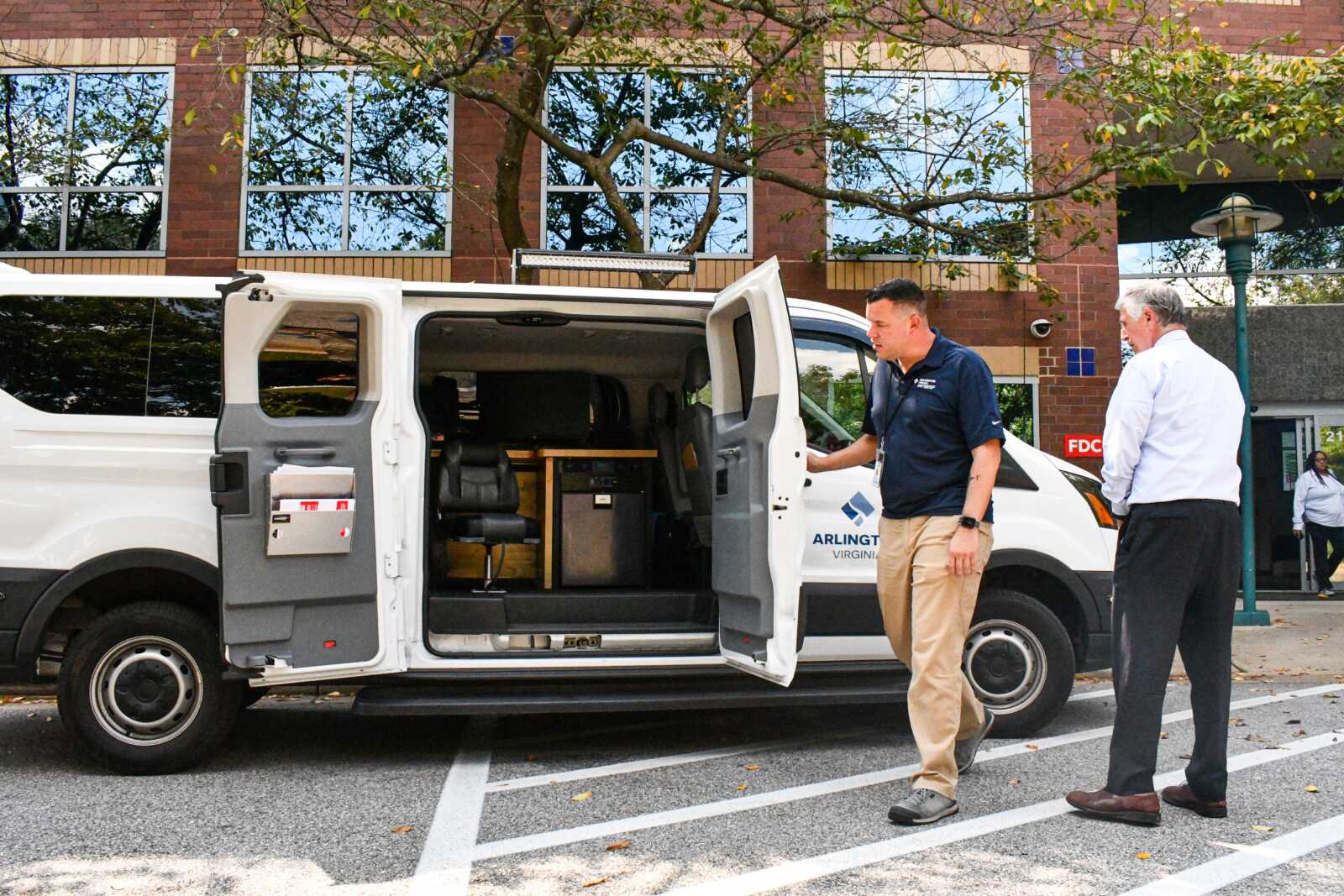The Right Note is a weekly opinion column. The views and opinions expressed in the column are those of the author and do not necessarily reflect the views of ARLnow.com.
The recent federal district court ruling on Virginia’s Congressional District lines has called into question how and why legislative bodies can create what are known as majority-minority districts.
Virginia’s Third Congressional District is currently about 56 percent African-American, a percentage that has not substantially changed since at least the 1990 Census redistricting. However, the court essentially ruled the most recent map unfairly diluted the voting strength of the African-American population by packing too high of a percentage into one district.
It was widely believed in political circles that the Congressional maps were drawn to protect all 11 incumbents in 2012 when the General Assembly was split between the two parties. The court found that while this may have been true, it was not enough to overcome the racial impact of the map.
However, yesterday a three judge panel rejected Republican requests for an extension from the court-imposed Sept. 1 deadline until after November’s General Assembly elections. So the Republican-controlled body has to decide its next move before the special session called for Aug. 17 to redraw the maps.
Republicans could follow the court order and draw a map that gives all eight Republican incumbents districts they can still win. This puts pressure on Governor McAuliffe to sign or veto it. Or, the GOP can make a bet that the Supreme Court will intervene and uphold the current map.
Regardless of the outcome of this case, the discussion surrounding these maps has re-opened the debate over using an “independent commission” to draw political boundaries here in Virginia, led by Governor McAuliffe.
A plan from the governmental integrity panel would call for a five member commission, four of whom would be appointed by the Republican and Democrat leaders in the General Assembly. These four would then pick the fifth member. Under this plan, those drawing the maps would still be political, just not directly accountable to the voters. What could possibly go wrong?
Supporters do make a good case to make districts geographically compact so that communities of interest are represented. Under the redistricting criteria Delegate Sullivan advanced earlier this year Arlington, for example, would almost certainly become a single State Senate district based on our population versus the average Senate district.
In the last round of redistricting, Senate Democrats divided Arlington into three separate districts in order to try and maximize its overwhelming tilt in their favor in order to secure secure three seats instead of just one. Using political data like this would be a ‘no-no’ under the Sullivan plan.
Supporters of these plans also argue that politicians should not be able to pick their voters, but that voters should be able to choose who will represent them. Yet in the last two redistricting processes the party in control of the Virginia Senate each time ended up losing their majority under maps they drew.
The bottom line is that while politicians may currently try to give themselves inherent partisan advantages when they draw district lines, voters always have the last word on who they want to represent them.
Recent Stories

For Immediate Release
Progress for All Announces Inaugural Black Men Vote Virtual Town Hall
Date: April 19, 2024
Contact: Marc M. M. Peters

The Award is available to recent high school graduates and non-traditional students (see the application for more details). Each recipient may be awarded up to $20,000. Applicants are required to submit an online application form as well as a short video application.
The applicant must be an Arlington resident pursuing a career or technical education accredited program, within a high-growth career, that will be completed within two years.
The careers and programs include, but are not limited to:
-
Audio, Video, and Sound Engineering Technicians
-
Broadcast Technicians
-
Commercial Drivers
-
Culinary Arts
-
Early Childcare Education
-
Healthcare
-
Information Technology and Computer Science
-
Manufacturing and Skilled Trades (including welding, auto and aviation mechanics and technicians)
-
Public Safety
ACFCU’s Free Homebuying 101 Webinar: Steps to Getting Pre-Approved
Are you ready to jump into homeownership, or have you started considering it but don’t know where to start?
Financial preparation is key when thinking about purchasing your first home and the first step to getting pre-approved. Join ACFCU for
Sweeney Todd
A victim of a gross injustice that robbed him of his wife and child, Sweeney Todd sets about exacting a terrible revenge on society.








